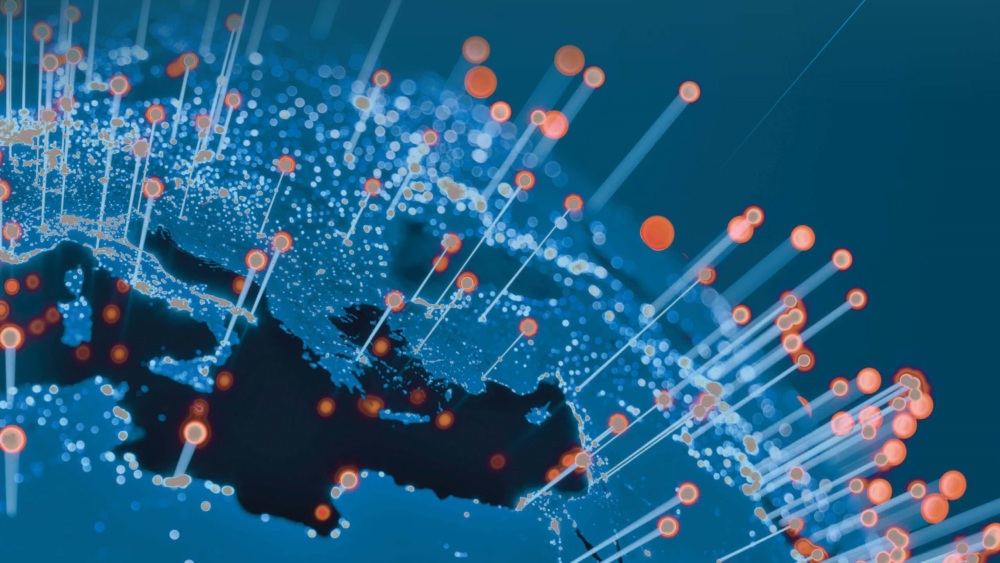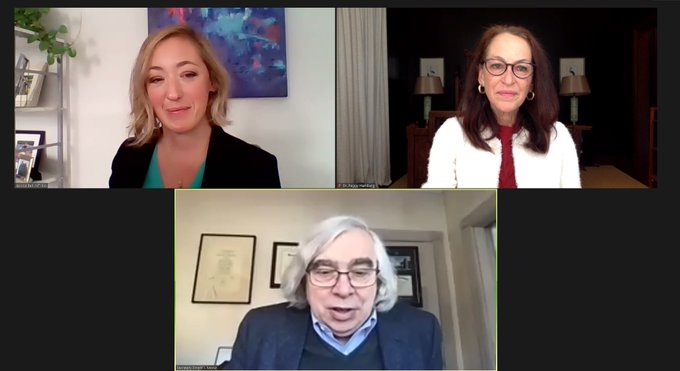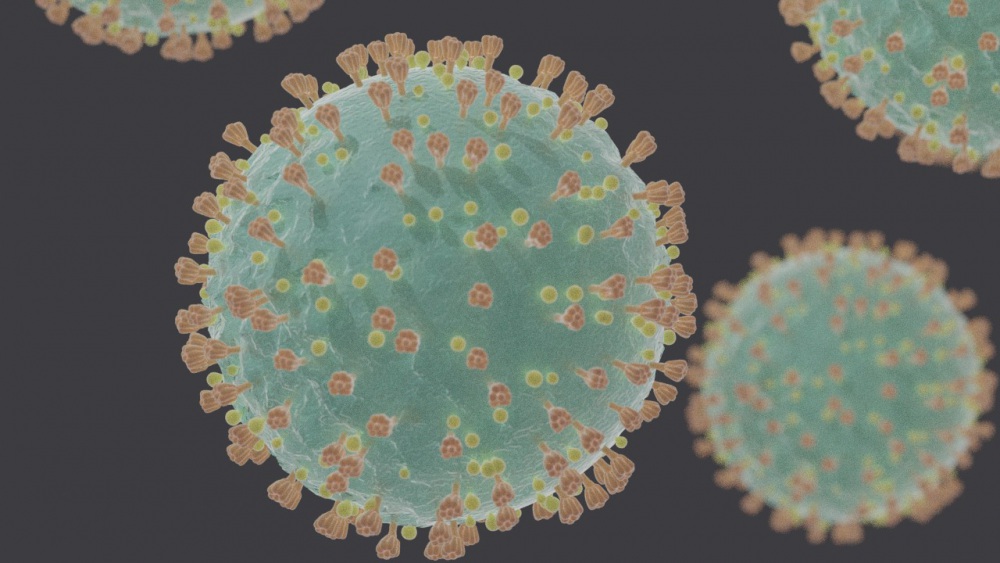As the world faces another concerning outbreak with monkeypox—the seventh World Health Organization (WHO) public health emergency of international concern declared since 2009—the Global Health Security (GHS) Index continues to serve as a valuable resource for public health experts and decision-makers around the world to guide biosecurity and pandemic preparedness investment priorities. With infectious disease experts warning that outbreak risks are continuing to grow in an increasingly interconnected world, and as governments work to heed the call to mobilize resources to prevent and contain emerging epidemics, the GHS Index highlights the growing need for increased pandemic preparedness globally.
Beginning in 2020, COVID-19 highlighted significant gaps in the world’s ability to prepare for and effectively respond to pandemics. The second GHS Index, a joint project of the Nuclear Threat Initiative (NTI) and the Johns Hopkins Center for Health Security—developed with Economist Impact—showed that countries continue to be woefully unprepared for future biological events that could be even more devastating than COVID-19. Today, experts say that more than half the diseases known to infect humans have the potential to be exacerbated by climate change.
The GHS Index launched in 2019 as the first comprehensive assessment of 195 nations’ capacities to prevent and respond to biological threats. Designed to help leaders prepare their countries for future outbreaks by highlighting where they should prioritize planning and investment in capacity building, the Index can be used to improve health security at national, regional, and global levels. The second edition was published in 2021, and a third is expected in 2024.
The Index is a valuable resource for national governments, international organizations and private funders, and it is being used to inform resource allocation in a variety of settings, including:
- Informing National-level Preparedness and Response: The Index has been used by several national governments to inform their pandemic preparedness planning, investments and capacity building activities. For example, the 2019 GHS Index was critical to New Zealand’s successful COVID-19 response, according to Siouxsie Wiles, an infectious disease expert and top health advisor to Prime Minister Jacinda Ardern. She told the Winnipeg Free Pressthat the GHS Index “really saved us” as New Zealand implemented its lockdown. “The GHS Index and the unmitigated willingness of key decision makers to own the country’s shortcomings may have spared the lives of hundreds, if not thousands, of Kiwis,” the paper reported. Countries across the Americas, Europe, the Middle East, and the South Pacific have reached out to NTI to discuss how to use the Index to inform both domestic planning as well as to guide their investments globally.
- Regional Coordination and Prioritization: Africa CDC uses the GHS Index to inform investment priorities through their Biosafety and Biosecurity Initiative. Also as part of Africa CDC’s efforts, their work to support to the G7 Global Partnership Signature Initiative to Mitigate Biological Threats in Africa relies on the GHS Index as a key data source for its baseline analysis to ensure that the initiative addresses the African continent’s most pressing needs.
- Data-Driven Financial Planning for Pandemic Preparedness: Global health and development organizations make extensive use of the GHS Index. The International Monetary Fund (IMF) includes GHS Index results in its bi-annual World Economic Outlook survey, which presents IMF economists’ analyses of global economic developments in the near- and medium-term. The World Bank uses a subset of the GHS Index to prioritize grants and loans for individual countries to bolster their health preparedness capabilities. NTI has put the Index forward as a tool to inform the new Financial Intermediary Fund (FIF) on pandemic prevention, preparedness, and response. The FIF emerged and was shaped by experts in carrying forward recommendations from the 2019 GHS Index. The FIF will provide dedicated funding to strengthen pandemic preparedness capabilities in low- and middle-income countries, ideally by leveraging the GHS Index to measure progress toward global preparedness indicators and identifying priority areas to address gaps in health security capacities.
- Driving Evidence-based Monitoring and Evaluation: The European Commission Explorer, a composite source of 400 summary measures developed by the EC Joint Research Center focusing on sustainable development goals and EC policy priorities, includes data provided by the GHS Index. This data supports the scientific advice that underpins EU policy development and implementation.
- Multilateral and One Health Interface: The World Organization for Animal Health, founded as the Office International des Epizooties (OIE), uses a subset of GHS Index data related to animal health capacity and laboratory systems in its efforts to support zoonotic disease control. The Global Health Security Agenda (GHSA) leverages GHS Index data through multiple task forces and working groups to protect the world against infectious disease threats. The GHSA’s Accountability and Results Task Force, Biosafety and Biosecurity Action Package, and Sustainable Financing Action Package make extensive use of GHS Index findings.




